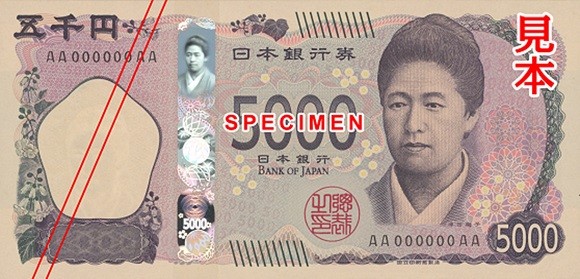
On July 3, 2024, in Japan, new banknotes with a new design will be issued. This is the first design renewal in 20 years since 2004. In this article, we will introduce why new banknotes are being issued, what kind of design they have, and some trivia that will make using the Japanese yen more enjoyable if you know it. We hope you will encounter the newly issued banknotes when you visit Japan after July 3, 2024!
When will Japan start issuing new banknotes? Why change to new banknotes?

In December 2023, the Bank of Japan and the Ministry of Finance announced that they will start issuing new banknotes on July 3, 2024. The main reason for this is to prevent counterfeit money from circulating. Although the number of counterfeit banknotes has been decreasing, 1,523 counterfeit 10,000 yen notes were found in 2018 alone. Approximately every 20 years, they have been issuing banknotes with anti-counterfeiting technology and new designs.
Currently, in Japan, mainly four types of banknotes are used: 10,000 yen, 5,000 yen, 2,000 yen, and 1,000 yen. However, this reprint will be for the 10,000 yen, 5,000 yen, and 1,000 yen notes. They plan to print a total of 4.53 billion new banknotes by the end of March 2024, and from July 2024 onwards, they plan to issue the necessary amount in stages according to demand.
For this reprint, various measures have been taken to make it easy to use not only for Japanese people but also for foreigners and visually impaired people. These include increasing the size of the denomination on both sides, and placing a rough mark in different places on each banknote so that the difference can be felt by touch. Based on the concept of "universal design", they are aiming for a "banknote that is difficult to counterfeit and easy for anyone to use".
Who will be depicted on the new Japanese banknotes?
The current Japanese banknotes feature "Fukuzawa Yukichi" on the 10,000 yen note, "Higuchi Ichiyo" on the 5,000 yen note, and "Noguchi Hideyo" on the 1,000 yen note.
With the new banknotes, these figures will change, drastically altering the visual impression. While these may be unfamiliar figures to foreign tourists, they are individuals who always appear in history textbooks in Japan. The figures to be depicted on the three types of banknotes being renewed this time are as follows.
■New 10,000 yen note... "Shibusawa Eiichi", a businessman known as the "Father of Modern Japanese Economy"
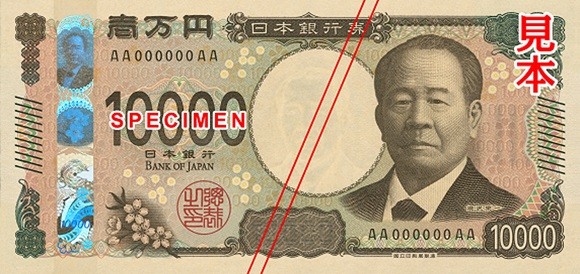
Amazing Points!
- Known as the "Father of Modern Japanese Economy" and "Father of Japanese Capitalism"
- Involved in the establishment and development of about 500 companies
- Involved in the establishment of notable companies and organizations such as Japan's first bank "The First National Bank (now 'Mizuho Bank')", "Tokyo Stock Exchange"
- Involved in the establishment and support of social projects and about 600 educational and research institutions, including Hitotsubashi University
■New 5,000 yen note... "Tsuda Umeko", a pioneer of women's education in Japan

Amazing Points!
- In 1871 (Meiji 4), she went to America as one of the first female students to study abroad at the age of 6. She stayed for about 11 years and returned to Japan at the age of 17. After that, she studied abroad in America again
- She majored in biology at Bryn Mawr College. The paper she wrote during that time was published in a British academic journal, making her the first Japanese woman to have a paper published in a Western academic journal
- After returning to Japan, she founded the Women's English School (now "Tsuda University") with the aim of "cultivating women who can work equally with men"
■New 1,000 yen note... "Kitasato Shibasaburo", a bacteriologist who made significant contributions to the prevention of infectious diseases
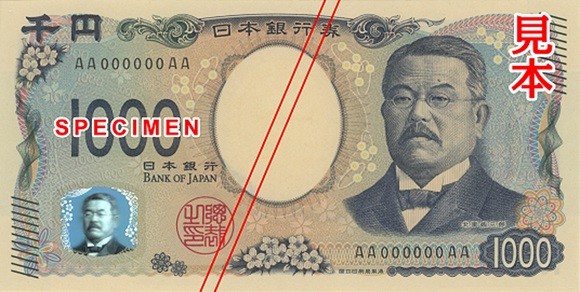
Amazing Points Here!
- Known as the "Father of Modern Medicine" in Japan
- Studied at Tokyo Medical School (now "University of Tokyo Faculty of Medicine"), and went to Germany for further studies after graduation
- In 1889, he was the first in the world to succeed in "pure culture", cultivating only the tetanus bacteria, which was considered impossible at the time
- After returning to Japan, he established the "Private Kitasato Research Institute". He continued to develop serums for diseases such as influenza and dysentery
What is depicted on the back?
New 10,000 yen bill
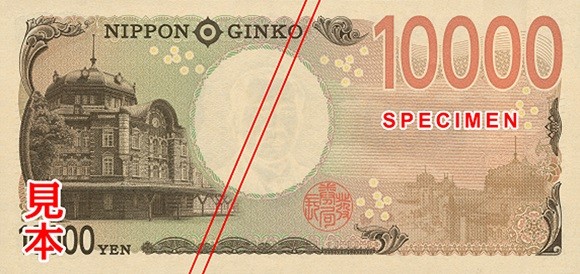
Front: Shibusawa Eiichi
Back: Tokyo Station Marunouchi Building. The red brick exterior is impressive and it is designated as an important cultural property.
New 5000 yen bill

Front: Tsuda Umeko
Back: A type of wisteria native to Japan, known as Noda-fuji, which is said to have originated in Fukushima Ward, Osaka. Wisteria is a flower that has been widely loved in Japan since ancient times.
New 1000 yen bill
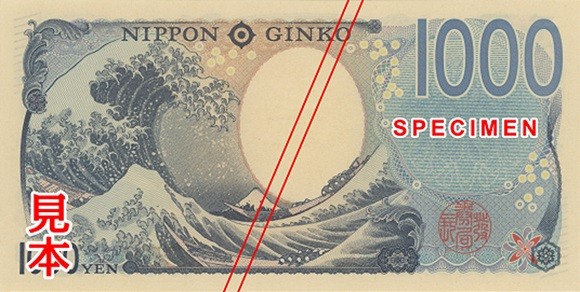
Front: Kitasato Shibasaburo
Back: "The Great Wave off Kanagawa" from the Thirty-Six Views of Mount Fuji. This is a representative work of Katsushika Hokusai, a ukiyo-e artist from the Edo period, and is a representative ukiyo-e of Japan.
Why were these three chosen? What were the criteria?
The criteria for choosing "Shibusawa Eiichi, Tsuda Umeko, and Kitasato Shibasaburo" as portraits in this renewal are as follows.
1. They have outstanding achievements in their respective fields
2. They have made significant contributions to the modernization of Japan in terms of nurturing new industries, promoting women's activities, and advancing science, which are still issues for us today
3. For the purpose of preventing forgery, they are people who can obtain as precise as possible photos or paintings of the person
4. From the perspective of portrait sculpture, they are suitable for dignified banknotes
5. They are well-known figures that the Japanese people can be proud of to the world
6.Being a figure who was active after the Meiji era
Counterfeit prevention technology adopted in Japan's new banknotes
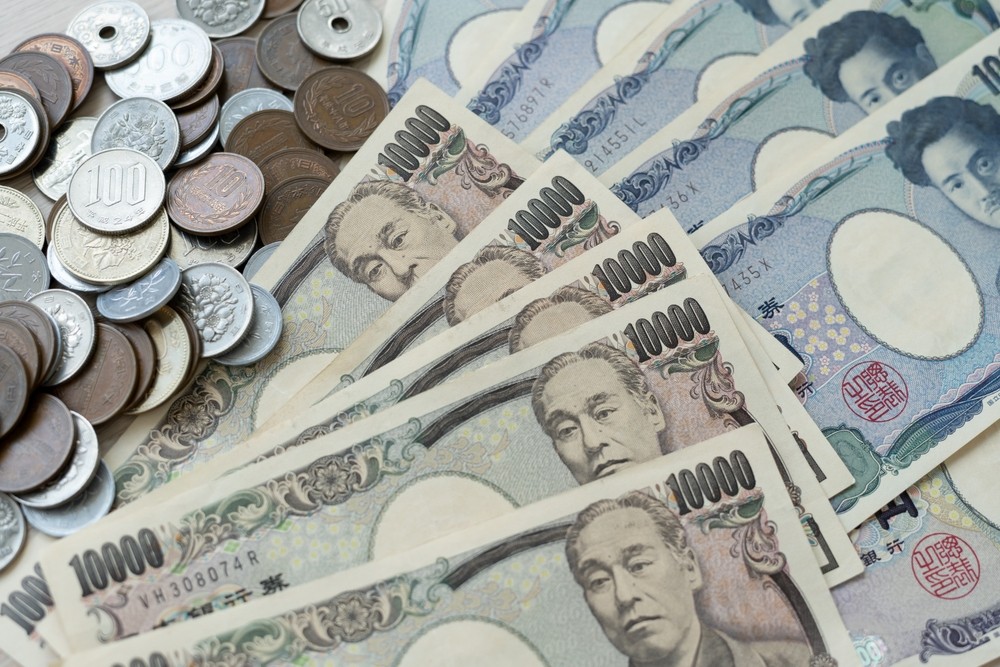
In order to prevent easy counterfeiting and to allow the general public to quickly recognize counterfeits, various technologies are used. All of them are special techniques that cannot be replicated by color copiers. Even if they are replicated, they can be identified immediately by touching or tilting them. Other secret techniques are also used, and it is said that Japan has fewer counterfeit bills compared to other countries. Now, let's introduce what kind of technology is applied for what purpose.
Part 1: Recognizable by touch / Intaglio printing (1)
The face value characters and identification marks use a printing technique called "intaglio printing" that raises the ink high. It feels rough to the touch.
Part 2: Visible when held up to the light / High-definition watermark, watermark bar pattern (2) (3)
Not only is there a watermark of the portrait on the right side of the portrait, but there is also a high-definition watermark in the background. Both are clearly visible when held up to the light.
Immediately to the right of the portrait, there is a watermark in the shape of a cotton swab. There are 3 for 10,000 yen, 2 for 5,000 yen, and 1 for 1,000 yen.
Part 3: Visible when tilted / Hologram, latent image pattern, pearl ink (4) (5) (6)
When you tilt the portrait, it appears three-dimensional and rotates. This is the first time this technology has been used on banknotes. In addition, the patterns other than the portrait also change depending on the viewing angle. For example, 10,000 yen and 5,000 yen are stripe type, and 1,000 yen is patch type.
The bill features a "latent image" that appears when tilted. The front surface displays the denomination, while the back reads NIPPON.
In the bottom right of the front surface, tilting the bill reveals a pink sheen on both ends, known as "pearl ink".
Part 4: Tools Reveal/Micro Text, Special Issue Ink (7) (8)
On the right edge of the back, if you look closely with a magnifying glass, you can see tiny text, "micro text", that cannot be reproduced by a copier.
When exposed to ultraviolet light, the seal of the Governor of the Bank of Japan and parts of the pattern glow.
Other trivia you might want to know
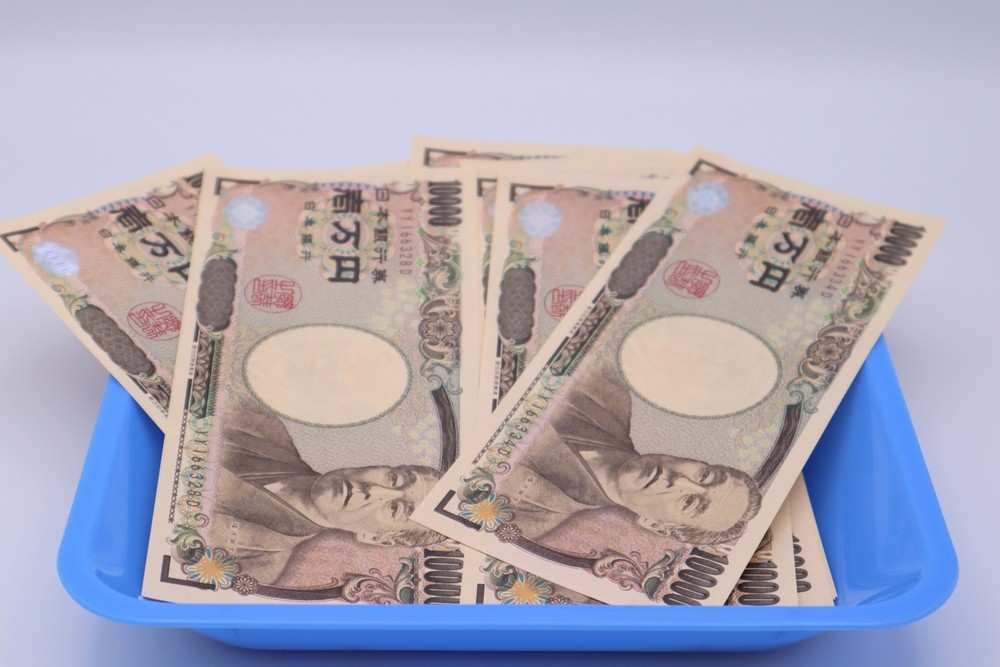
What is the size of the bill?
The current size of Japanese banknotes is uniformly 76 millimeters in height. This is to make it easier to pass through machines such as ATMs and vending machines. The length varies depending on the banknote, with the 10,000 yen note being 160 millimeters, the 5,000 yen note 156 millimeters, the 2,000 yen note 154 millimeters, and the 1,000 yen note 150 millimeters. Although the difference is in millimeters, the lengths are different.
Why are portraits drawn?
The reason why portraits are drawn on the design of banknotes is to take advantage of the human eye's ability to notice even slight differences in people's faces and expressions.
The portraits drawn on Japanese banknotes are drawn with ultra-fine lines that can fit more than 10 lines within 1 millimeter. It's so detailed that it can't be copied.
By the way, if you look at the people who have been portrayed, you'll notice that many of them have beards. This is said to be because the lines are thin and difficult to imitate.
How were these detailed portraits drawn?
The portrait that is the key point of the reprint. First, a person who specializes in design and sculpture, called a craft official, paints the original picture using paints and brushes. After that, using a carving knife, it is finely carved on a copper plate with only dots and lines to complete it.
Can I still use the new banknotes after they are issued?
Even after new banknotes are issued, you can still use the old banknotes. You can use them as usual at ATMs and stores, so there is no need to rush to exchange them. By the way, there are 18 types of banknotes that have already stopped being issued but can still be used.


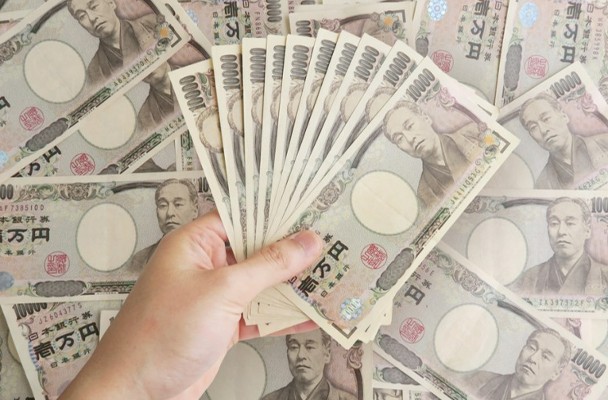
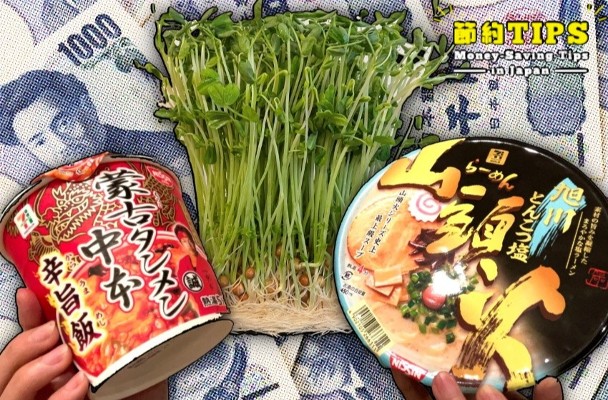

Comments